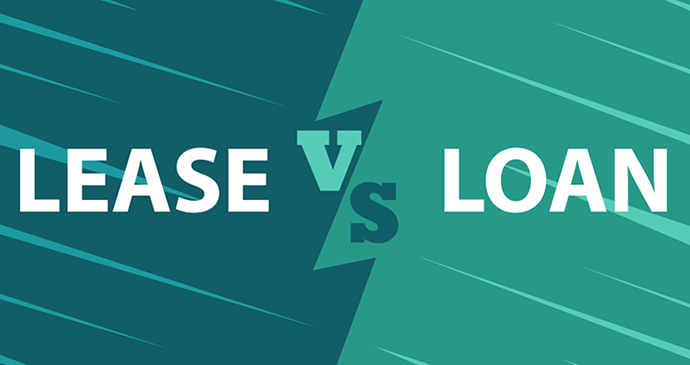Leasing loans are a type of financing that allows businesses and individuals to use assets without having to purchase them outright. Instead, the lessee (the borrower) makes regular payments to the lessor (the lender) for the use of the asset. At the end of the lease term, the lessee has the option to purchase the asset at a predetermined price, return it to the lessor, or extend the lease.
Benefits of Leasing Loans:
There are several benefits to leasing loans, including:
- Flexibility: Leasing loans can be tailored to meet the specific needs of the lessee. For example, lease terms can be customized to match the expected lifespan of the asset, and lessees can choose to purchase the asset at the end of the lease term or return it to the lessor.
- Affordability: Leasing loans can be more affordable than traditional loans, especially for businesses with limited cash flow. This is because lessees typically do not have to make a down payment on the asset, and lease payments are usually lower than monthly loan payments.
- Tax benefits: In some cases, leasing loans can offer tax benefits to businesses. For example, businesses may be able to deduct lease payments from their taxable income.
Types of Leasing Loans:
There are two main types of leasing loans:
- Capital leases: Capital leases are long-term leases that transfer substantially all of the risks and rewards of ownership to the lessee. At the end of the lease term, the lessee is typically expected to purchase the asset at its fair market value.
- Operating leases: Operating leases are short-term leases that do not transfer substantially all of the risks and rewards of ownership to the lessee. At the end of the lease term, the lessee can return the asset to the lessor, extend the lease, or purchase the asset at a predetermined price.
Who Should Consider Leasing Loans?
Leasing loans can be a good option for businesses and individuals who:
- Need to use an asset but do not have the upfront capital to purchase it.
- Want to preserve cash flow.
- Want to avoid the risks associated with ownership, such as depreciation and maintenance costs.
- Want to take advantage of tax benefits.
How to Apply for a Leasing Loan:
To apply for a leasing loan, you will typically need to provide the lender with the following information:
- Your business or personal financial information.
- The type of asset you want to lease.
- The desired lease term.
- The expected use of the asset.
Once you have submitted your application, the lender will review your information and determine whether you are approved for a leasing loan. If you are approved, the lender will work with you to finalize the lease agreement.
Conclusion:
Leasing loans can be a flexible and affordable way to finance assets. If you are considering leasing an asset, be sure to compare offers from multiple lenders and choose the option that is best for your needs.

